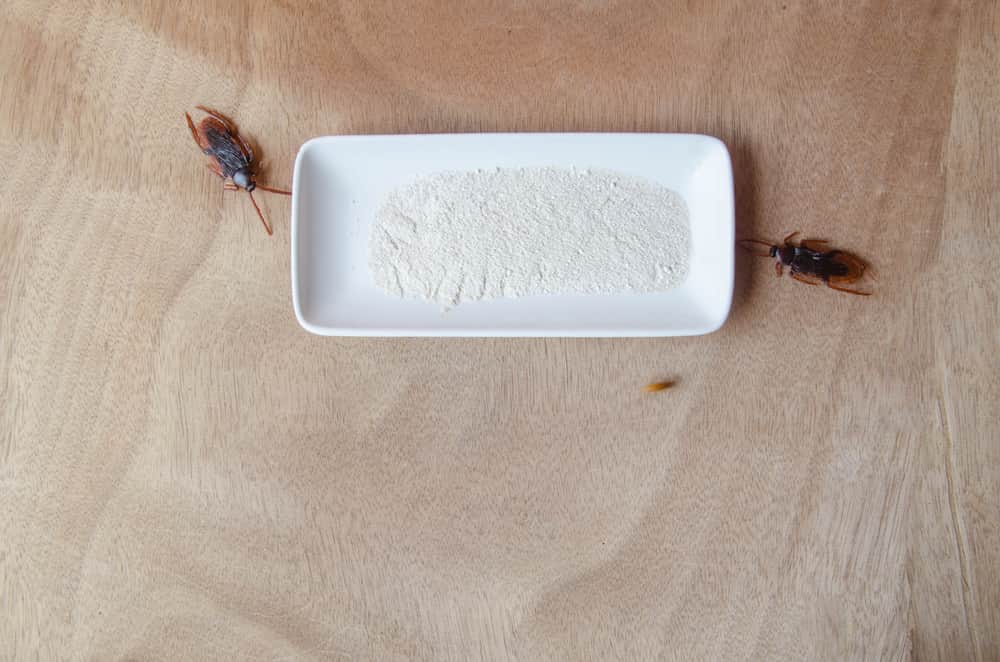
One by one you’ve noticed them trying to take over your home. Now you’re ready to take a stand. It’s time to bring out the roach bait. But where do you start? If you attempt using DIY roach traps and repellents, your home might not stand a chance against a roach invasion.
Here is a list of seven unconventional roach traps and repellents, along with supportive information on why cockroach control professionals do not suggest using them:
- COFFEEHOUSE REMEDY
DIY method: Repurpose used coffee grinds and turn them into cockroach bait. Place the still-moist grounds into a roach-accessible jar. The smell of the coffee is supposed to attract cockroaches while the jar is meant to trap them.
Why it’s not effective: Roach infestations are hard to control. This method only addresses roaches that can be seen. For every one roach you see, there can be 100 you don’t.
- BAY LEAF REPELLENT
DIY method: While roaches are drawn to a number of food items, they may not appreciate all smells. Placing crushed bay leaves in strategic places, like under cabinets or in the corners of your kitchen, is rumored to keep roaches at bay.
Why it’s not effective: Roaches are omnivores and will seek out all types of food. Simply repelling them from a certain area does not get rid of them. You might just drive them to other areas of the house, like your bedroom.
- THE DRUNKEN ROACH
DIY method: Saturate a cloth with stale beer and leave it out as roach bait. Roaches will be attracted to the smell, feed on the beer and become immobile, preventing them from returning to their hiding spots before you wake in the morning.
Why it’s not effective: Feeding roaches food and drink is no way to solve a roach infestation problem. Plus, waking up to stomp on drunk roaches sounds like a bad sitcom. In real life, it just doesn’t work that way.
- CATNIP
DIY method: Make a catnip tea. Place a few scoops of catnip into boiling water. Let the water cool and then pour the “tea” into a spray bottle. The smell of the catnip is supposed to repel roaches. It may also attract cats interested in helping you with your roach dilemma.
Why it’s not effective: There is no scientific evidence to suggest that roaches are repelled by any of the active ingredients in catnip.
- ORANGE OUT
DIY method: The smell of citrus is supposed to be so detestable to a roach that using a citrus-based cleaner is enough to keep them out of your home. It also doesn’t hurt to have a clean floor.
Why it’s not effective: Keeping a clean house can help prevent a roach infestation, but it cannot cure one. Even with a clean home, roaches can still enter to search for food and water if your points of entry are not sealed and the weather outside drives them in.
- CUCUMBER TRAPS
DIY method: Place cucumber peels in an open tin can. The smell of cucumbers mixed with tin is supposed to be strong enough to not only repel a cockroach, but kill them in their tracks.
Why it’s not effective: Again, feeding roaches is no way to treat an infestation. There is also no scientific evidence to back the claim that the smell of tin is toxic to roaches. If this simple cockroach trap really worked, the world wouldn’t have so many roaches.
- FABRIC SOFTENER SHEETS
DIY method: Placing fabric softener sheets in key areas will attract roaches and entrap them once they become entangled on the fabric.
Why it’s not effective: There is no evidence to suggest that roaches are drawn to the smell of fabric softener. Roaches also have excellent climbing skills and some can fly. Purposely attracting roaches and then depending on a potentially faulty trap could worsen an infestation.
THE PROBLEM WITH MOST REPELLENTS AND COCKROACH TRAPS
A good way to handle cockroaches is through prevention methods. Keeping a clean house, caulking small gaps that can serve as entryways into your home and ensuring there is no access to water can help prevent a roach infestation. But once you have roaches, dealing with them can be more difficult than it seems.
In favorable conditions, a female roach can produce up to 400 offspring, despite a short life span. That means infestations can break out quickly. While some of the above methods may help prevent roaches from entering your home, or even trap and kill a couple of them, they won’t effectively treat an infestation.
Some of the above solutions also come with their own host of issues. Setting cockroach traps that involve extensive cleanup may not be the most promising fix. Other methods may solve one problem but welcome another insect into your home. Having a home laced with the smell of sugar or fruit, after all, is an open invitation for any number of unwelcome visitors.

